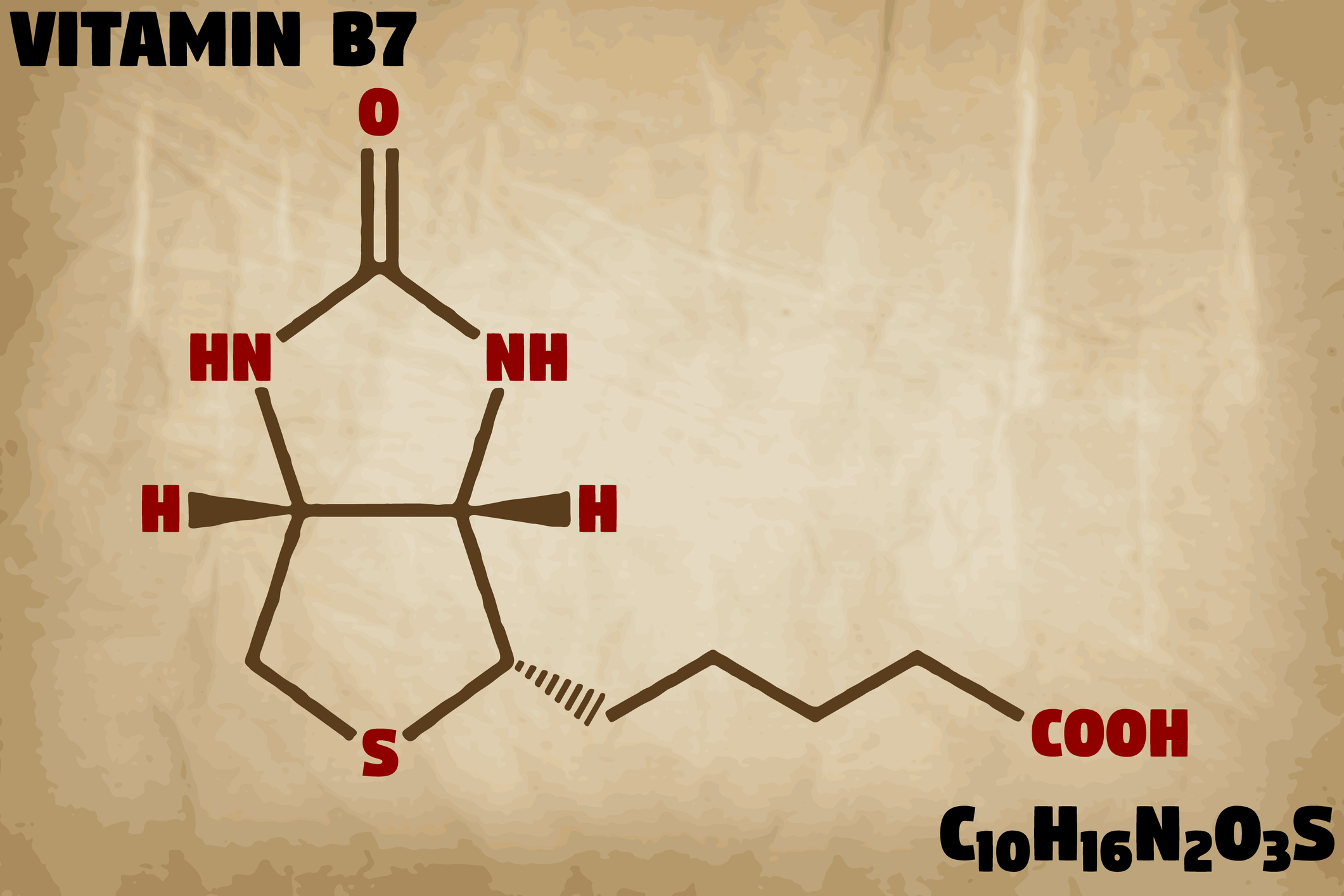Biotinylation kit means attaching a biotin tag to a molecule. Biotin is a natural molecule that is also known as vitamin B7. It is an important component in a healthy diet, but it is also very useful in the laboratory as a method for protein conjugation. In the laboratory, he purpose of biotinylation is to create a controlled site for biotin-streptavidin affinity binding.
What is biotin labeling and how does streptavidin bind biotin?
The biotin fits exquisitely into a biotin-binding pocket in each of the four binding sites per streptavidin molecule, and it is held in place with hydrogen bonds. Additionally, once the biotin is bound, a conformational change in the streptavidin allows a small “cap” to close over the biotin in the binding pocket. As a result, biotin and streptavidin have an extraordinary affinity for each other (Kd=10^-15). With such a low dissociation constant, once the biotin and streptavidin are bound it is unlikely that they will dissociate. This affinity is resistant to changes in temperature, pH, and salt concentration and is extremely specific. It is often thought of as a nearly covalent bond. These properties make biotinylation a useful tool for engineers who are developing new purification and detection methods. A commercially available biotinylation kit makes the process even easier.
Biotinylation targets
A biotinylation kit streamlines the attachment of a biotin tag. These kits are made to enable specific binding to a wide array of functional groups, which makes it a versatile tool. These attachment groups form irreversible covalent bonds between the biotin and the protein or surface that is being biotinylated. A tailored biotinylation kit is available for each of these functional groups:
-
amine (-NH2)
-
located at the N-terminus of the polypeptide chain and throughout the antibody on lysine side chains
-
NHS and sulfo-NHS esters are commonly used for amine biotinylation
-
sulhydryl (-SH)
-
located on cysteine side chains. Often, the cysteine side chains will join together to create covalent disulfide bonds or “disulfide bridges”
-
carbonyl (-CHO)
-
an aldehyde created by oxidation of carbohydrates
-
beneficial to ensure that biotinylation doesn’t interfere with the antigen binding site
-
biotin substitutes/derivatives such as biocytin-hydrazide are often included in the biotinylation kit as well as oxidative reagents
-
carboxyl(-COOH)
-
located on the side chains of aspartic acid and glutamic acid and at the c-terminus of the polypeptide chain
Technical guides are available from most large laboratory supply vendors. These guides provide guidance for choosing the appropriate biotinylation kit for your experimental goal. The product information sheets for most biotinylation kits or biotin-linkers will provide information about recommended concentrations of protein and linker as well as optimal buffer conditions, temperature, pH, and incubation times.
The biotinylation kit process
A biotinylation kit includes reagents for either chemical or enzymatic attachment of the biotin tag to the antibody or protein. Some of these chemical reactions are activated by light. The enzymatic reaction requires an acceptor peptide and an enzyme (eg. biotin ligase).
A biotinylation kit will often recommend using a molar excess of biotin linker in relation to the protein or object being conjugated to the biotin tag. This helps to ensure that all of the desired reaction sites become bound by a biotin molecule. However, this also means that there will be excess unbound biotin in the reaction vessel once the reaction is complete. These excess unbound biotin linkers will need to be removed before the sample is exposed to streptavidin. The removal of unbound biotin is often completed by a centrifugal filtration process. The membranes used for this filtration usually have pores that are larger than the biotin linker, but smaller than the protein-biotin conjugate that needs to be retained. After multiple washing steps, the unbound biotin is removed and only the conjugate remains. Alternatively, a size exclusion resin can be used to trap the unbound biotin and allow the larger protein-biotin conjugates to flow through and be collected as eluent. If the biotin-conjugate is magnetic, then it is simple to collect them via a magnetic separation process.
Once the biotinylated product is isolated from unbound biotin, the extent of biotinylation can be detected with HABA (4’-hydroxyazobenzene-2-carboxylic acid) dye. The HABA dye binds to an avidin molecule has a characteristic absorbance of 500nm light. When the HABA-avidin is introduced to the biotinylated sample, the biotin displaces the HABA dye because it has a much higher affinity for avidn than HABA does, and a decrease in absorbance is observed.
Once biotinylated, antibodies can be attached to a solid support such as a magnetic or agarose bead for immunoprecipitation, a resin column, or a plate surface for an ELISA. Some biotin tags have been modified with chemistry that enables them to be cleaved off once they are no longer needed. This is particularly useful in bead-based assays where the beads need to be removed in order to allow further analysis of the sample.
What is a biotinylated secondary antibody?
A secondary antibody is a second antibody used in an immunoassay. The primary antibody recognizes the antigen, while the secondary antibody recognizes the primary antibody. The purpose of the secondary antibody is to introduce a method to quantify the amount of primary antibody being captured by the capture antigen in the assay. Since it is being used for quantification, the secondary antibody needs to have some sort of label (fluorophore, chromophore, or colorimetric enzyme). These labels can be attached via biotin-streptavidin binding, and in this case the secondary antibody needs to be biotinylated. Secondary antibodies can be biotinylated by using a biotinylation kit, and would follow the steps discussed above.
These are only the most basic examples of uses for biotinylated antibodies. The scientific literature is bursting with fresh new ideas for developing biosensors with antibodies attached to novel surfaces.
Related news
- Antibody Purification
- Properties of nano gold
- Pathogen detection using magnetic nanoparticles or molecularly imprinted polymers





